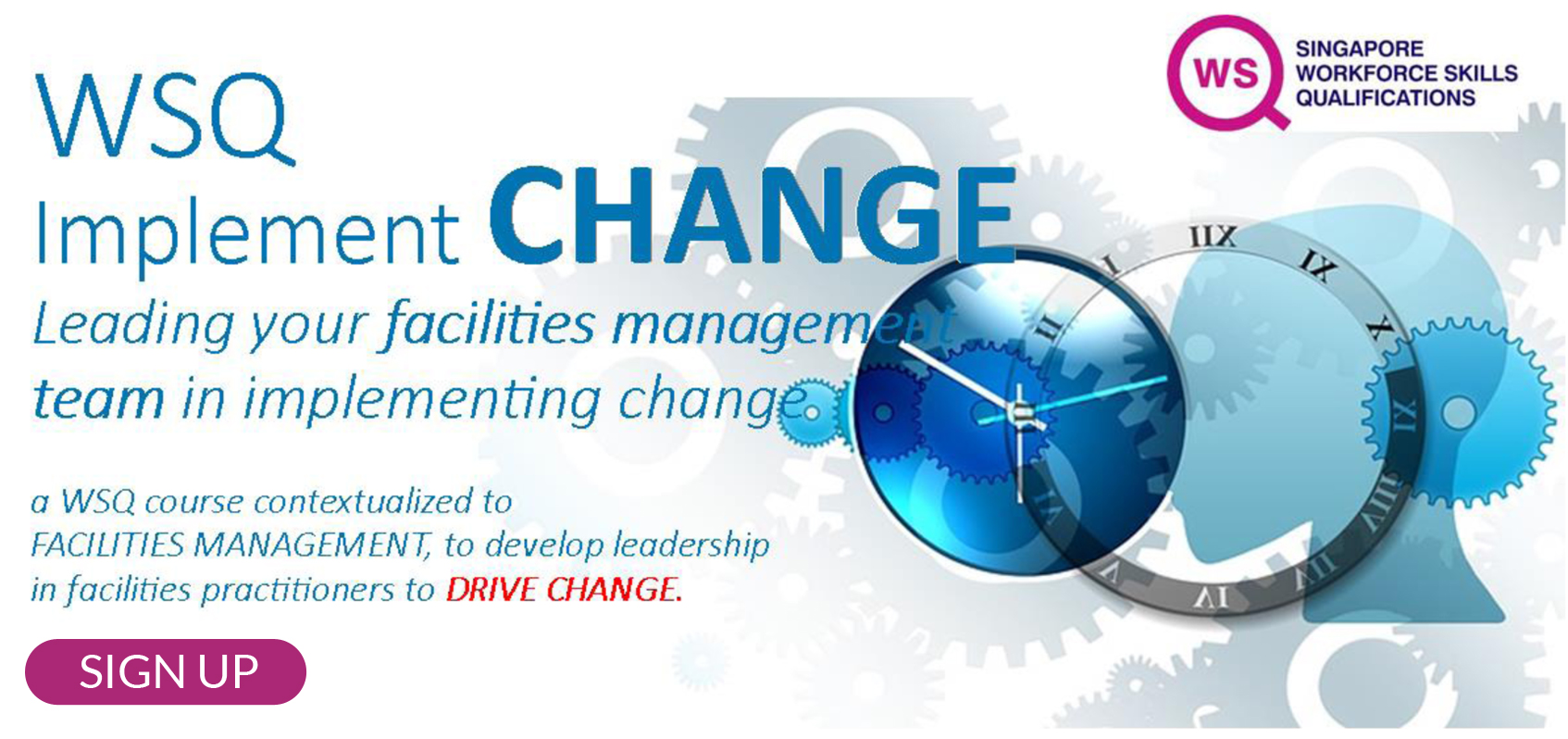
Value-Based Facilities Management (VBFM) is a practice that focuses on delivering facilities management (FM) services, that matters to an organisation business success. It is developed with the intention to move the practice of FM forward, keeping in pace with the organisational change, in a dynamic and competitive business environment, to serve as a strategic relevance and resource to an organisation.
VBFM aims to develop a strong foundation for responsible facilities practitioners, and challenges the dated perceptions of the profession with solid reasoning. With VBFM in place, facilities practitioners will be more aware of the facilities services’ value, better able to prioritise assigned resources, making better decisions, enhance users’ experience, and be motivated to take pride in the FM profession. If FM is not able to add value to its organisation, credibility is unlikely to be established, and FM is unlikely to be recognised as a business advantage in its organisation.
The key objectives of developing the practice of VBFM are to:
• Encourage facilities practitioners to establish a Unique Value Proposition statement for their FM function.
• Guide facilities practitioners to focus on value sustenance and contributions on their organisations.
• Serve as a compass to consciously direct facilities practitioners efforts to work that will be valued by their organisations.
• Provide a blueprint, a step-by-step guide, on how facilities practitioners can stop “firefighting” and start to take proactive steps to intentionally contribute value to organisations.
• Raise the FM profession to be recognised and respected as a value-add and business advantage to organisations.
The two key influence on the practice of VBFM are the establishment of FM’s Unique Value Proposition statement and the I-S-C FM Value model.
A Unique Value Proposition is a promise for value to be delivered. The purpose for establishing a Unique Value Proposition statement is to explain how the FM services can support the organisation’s business operations, deliver specific benefits and tells the management why they can entrust the non-core business activities to FM and free themselves to focus on their core business. FM functions are encouraged to display their Unique Value Proposition in a prominent place so as to create an awareness to their stakeholders and users about the value that FM contributes to the organisations.
The purpose for the I-S-C FM Value model is to provide a roadmap towards implementing and sustaining continual value contribution to an organisation. The I-S-C Facilities Management Value model guides FM to focus on delivering services that matters to an organisation. There are three phases to achieving the practice of VBFM:
Identify Value – Establishing Facilities Essentials
To identify what critical facilities services matters to an organisation. FM needs to know the organisation’s business and it operations, then have in-place the essential activities needed to support the achievement of the organisation’s needs and objectives.
Sustain Value – Overseeing Facilities Operations
To sustain contributions to organisation’s bottom line, the facilities services need to be maintained to ensure that they operate at their optimum performance and compliance with legal requirements. Also, the FM team needs to be prepared for emergencies, to be equipped for disaster recovery, restoring the workplace to business as usual at the soonest time possible.
Contribute Value – Initiating Facilities Improvement
Contribution of value should be intentional, through continual improvement, in increasing productivity, implementing innovation and improving quality.
The practice of Value-Based Facilities Management looks into the future of facilities management and examined how practitioners in the field can stay ahead of trends and increase their value to organisations.


